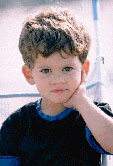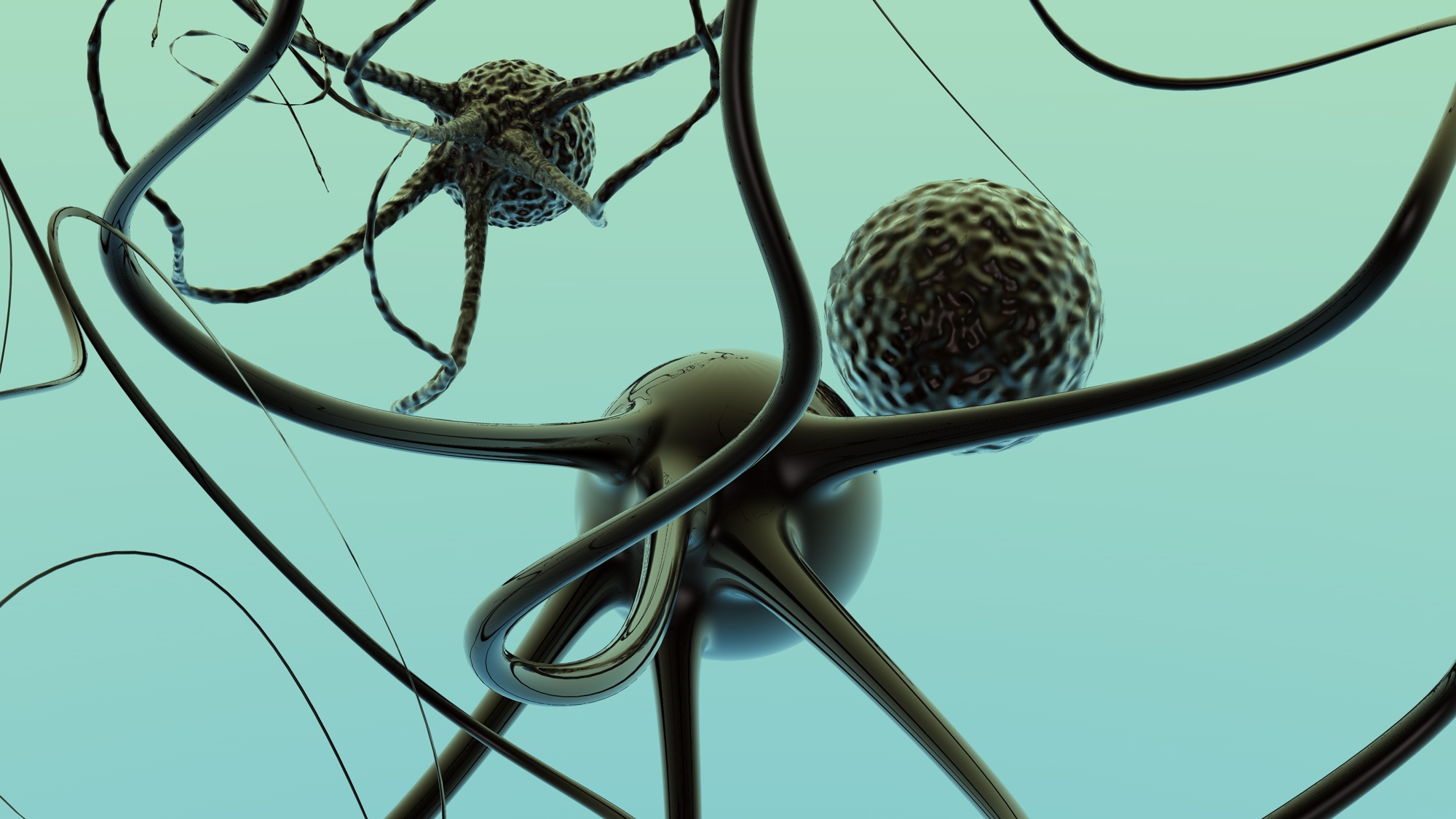
TUESDAY, May 14 (HealthDay News) — Children with autism see simple movement much more quickly than other children, a small new study finds.
This extreme sensitivity to motion may explain why some people with the developmental disorder are highly sensitive to noise and bright lights, and it may be linked to some of the complex social and behavioral problems associated with autism, the researchers said.
“We think of autism as a social disorder because children with this condition often struggle with social interactions, but what we sometimes neglect is that almost everything we know about the world comes from our senses,” study co-lead author Duje Tadin, an assistant professor of brain and cognitive sciences at the University of Rochester, in New York, said in a university news release. “Abnormalities in how a person sees or hears can have a profound effect on social communication.”
The study included 20 children with autism and 26 typically developing children, aged 8 to 17. All were shown video clips of moving black and white bars in order to assess how quickly they perceived motion. Overall, the children with autism detected movement twice as fast as the other children. The detection speed of the worst-performing child with autism was about equal to the average of the children without autism.
Previous research has shown that people with autism have enhanced visual abilities with still images, but this is the first study to show that they also have a heightened perception of motion, the researchers said.
The study was published May 8 in the Journal of Neuroscience.
Study co-lead author Jennifer Foss-Feig is a postdoctoral fellow at the Child Study Center at Yale University in New Haven, Conn. She said in the news release:
“This dramatically enhanced ability to perceive motion is a hint that the brains of individuals with autism keep responding more and more as intensity increases.
“Although this could be considered advantageous, in most circumstances if the neural response doesn’t stop at the right level it could lead to sensory overload,” she said.
More information
The U.S. National Institute of Neurological Disorders and Stroke has more about autism.

